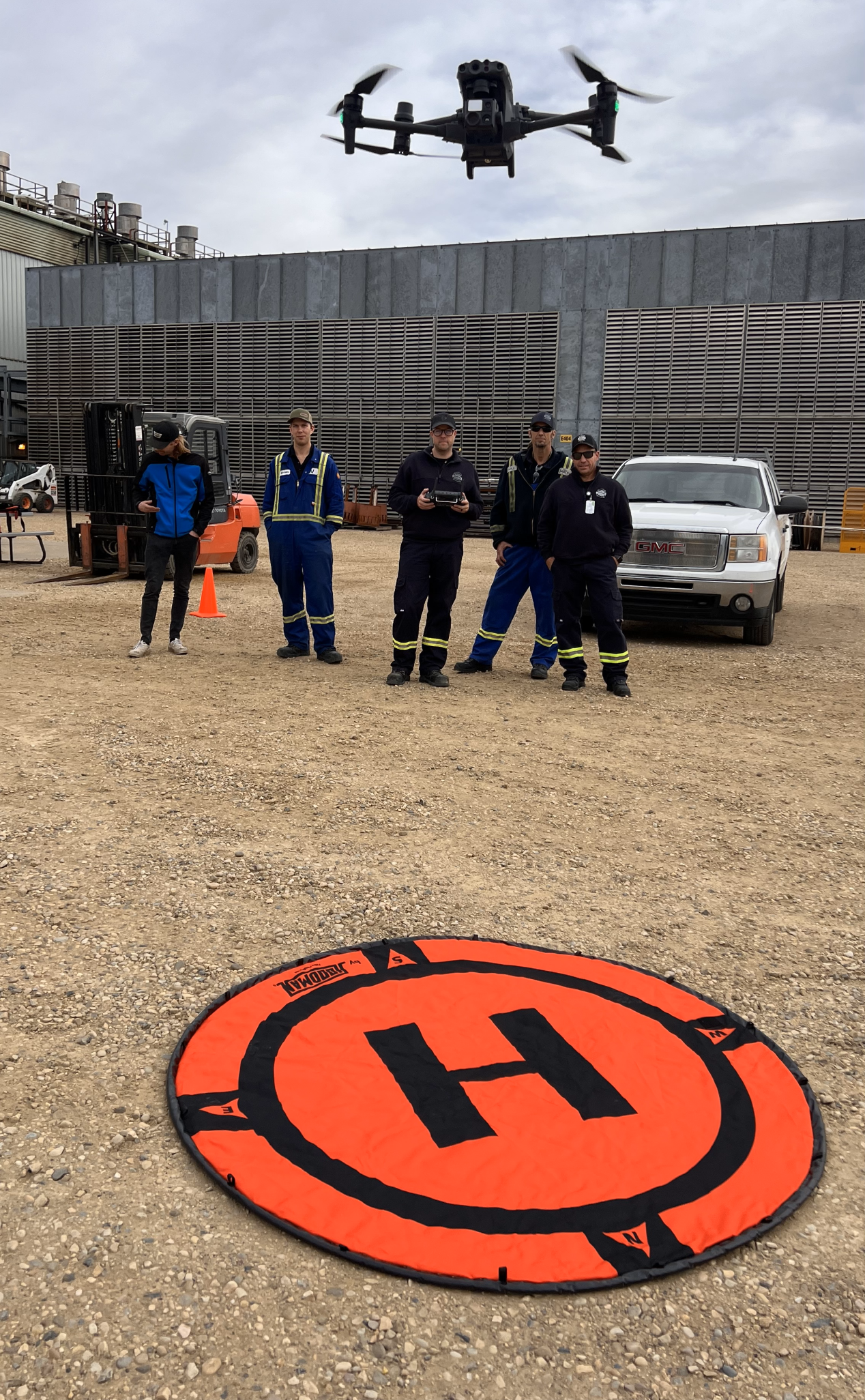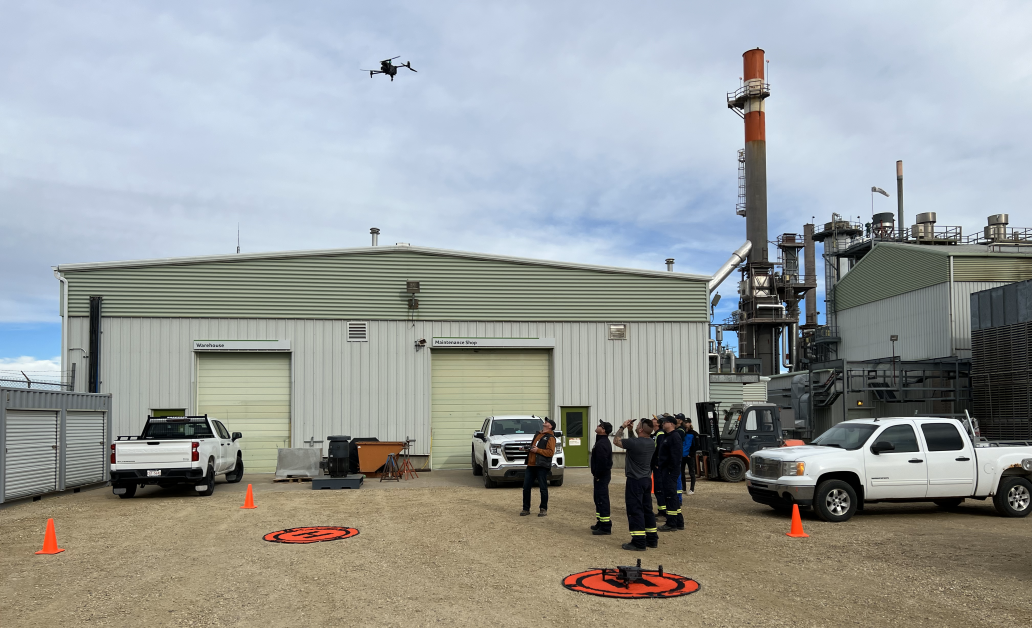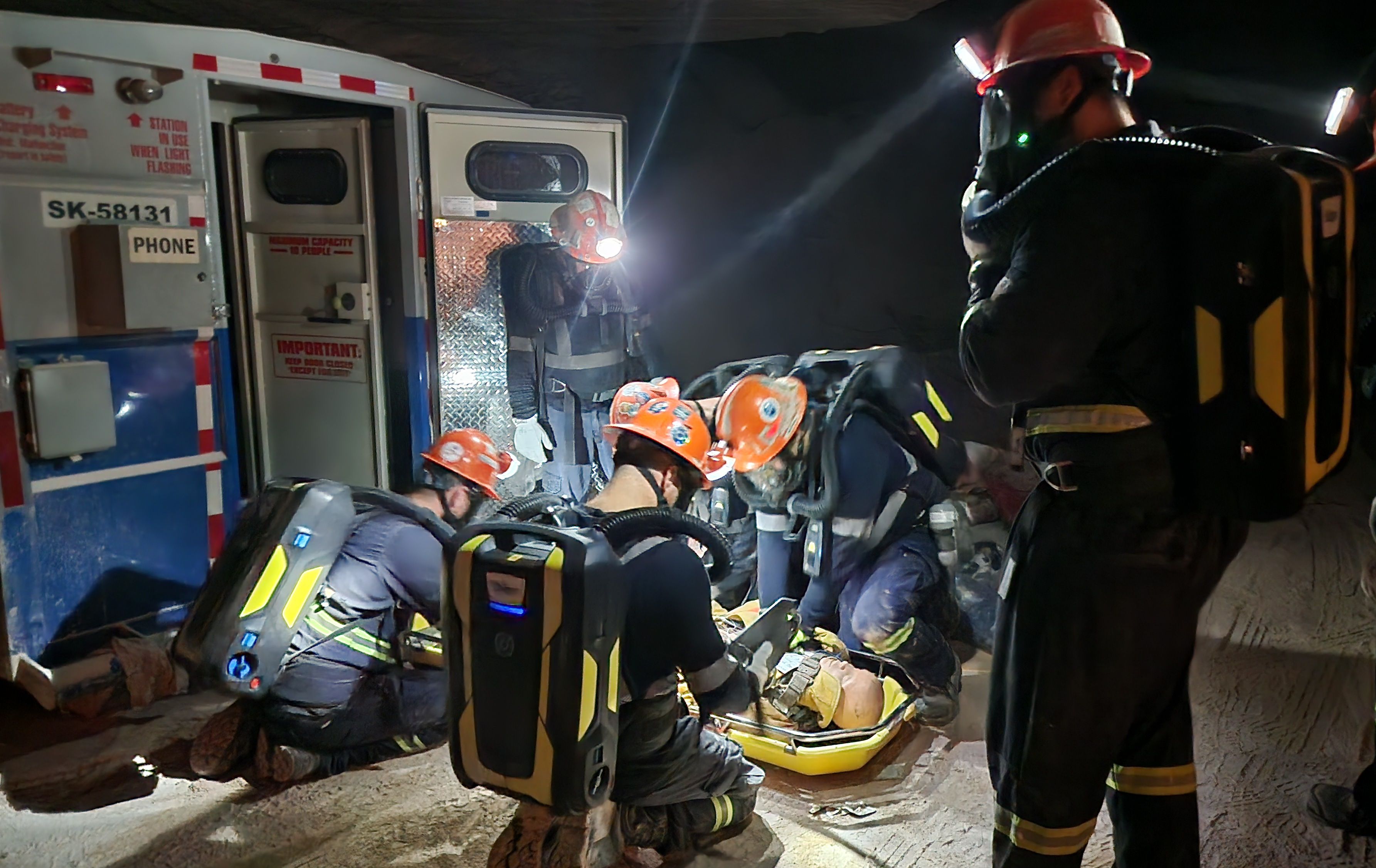
Drones become a valuable addition to our emergency response toolkit
Every second counts in emergency response, and now, drone technology is transforming how our Transportation Emergency Response (TER) teams in Canada tackle hazardous incidents. By providing accurate, timely information while keeping responders safe, this innovative approach is changing the game.
The introduction of drones was motivated by one primary concern: safety. In the past, TER responders could be exposed to potentially dangerous environments when assessing emergencies. Today, drones can be deployed to gather images, videos, and thermal camera readings, taking responders out of harm's way. To date, there has not been a response that requires drones, but the technology will be there if needed in the future.

"Safety is our main reason for utilizing drones for emergency response," says Matt Paynter, Emergency Response and Preparedness Manager. “The drones are in use by each of the five TER teams in Canada, significantly enhancing their response capabilities. This deployment equips each team with critical data for faster incident size-up without risking responders' safety.”
Blackhawk Aeronautical, an Edmonton-based flight school, partnered with the TER team to provide training for drone operators. The training encompassed two-and-a-half days of virtual instruction and a half-day of hands-on flight training, certifying the pilots for operation in Canada.

“Currently, 15 out of the 50 TER team members are certified drone pilots. Additional training will be provided to more members in 2024 to ensure there is ample coverage for each team,” says Matt. “The drones are a valuable addition to the TER's evolving response toolkit. This is how we continue to improve our emergency response program, always looking for ways to do it better and safer."
Related stories


